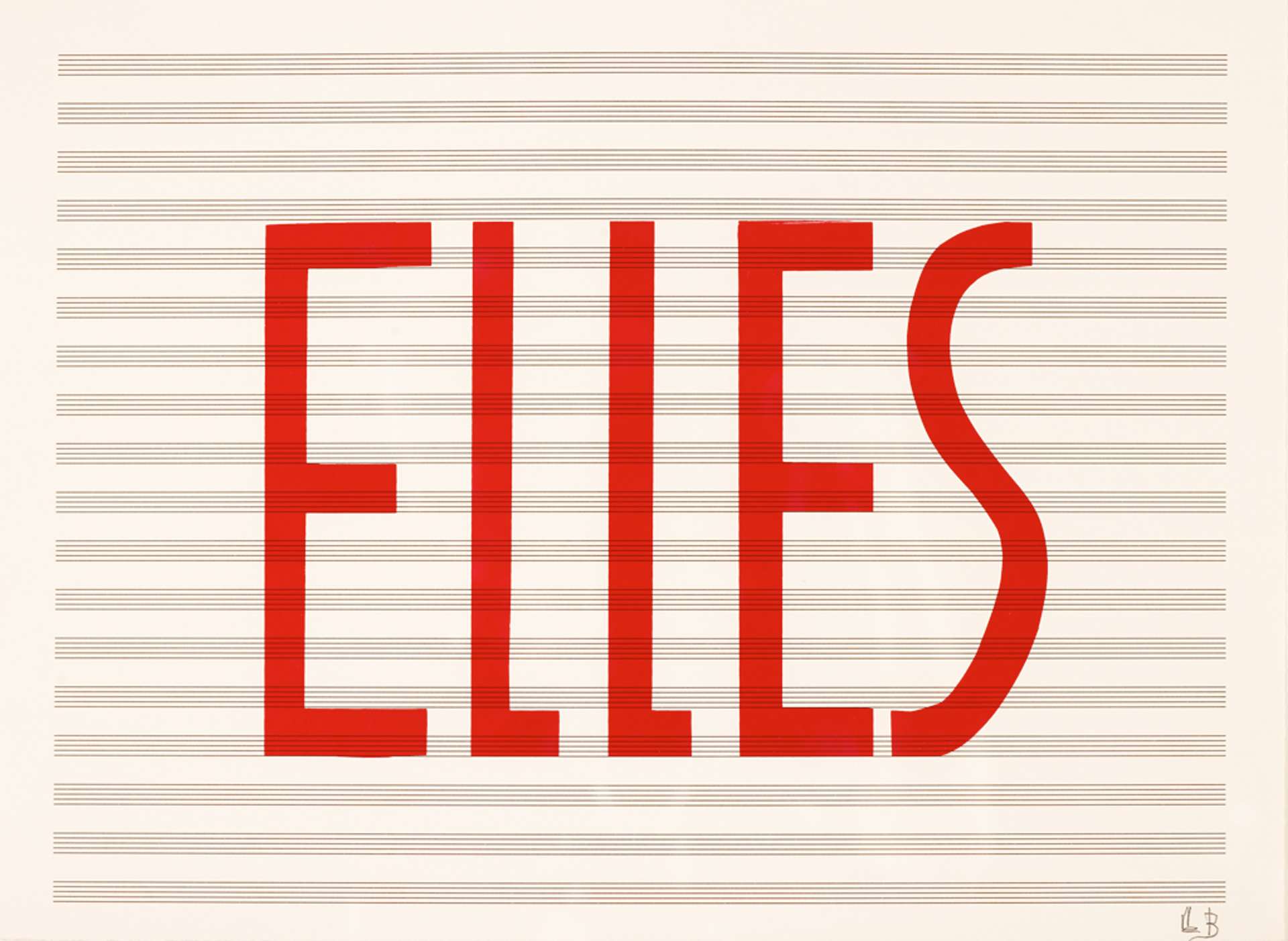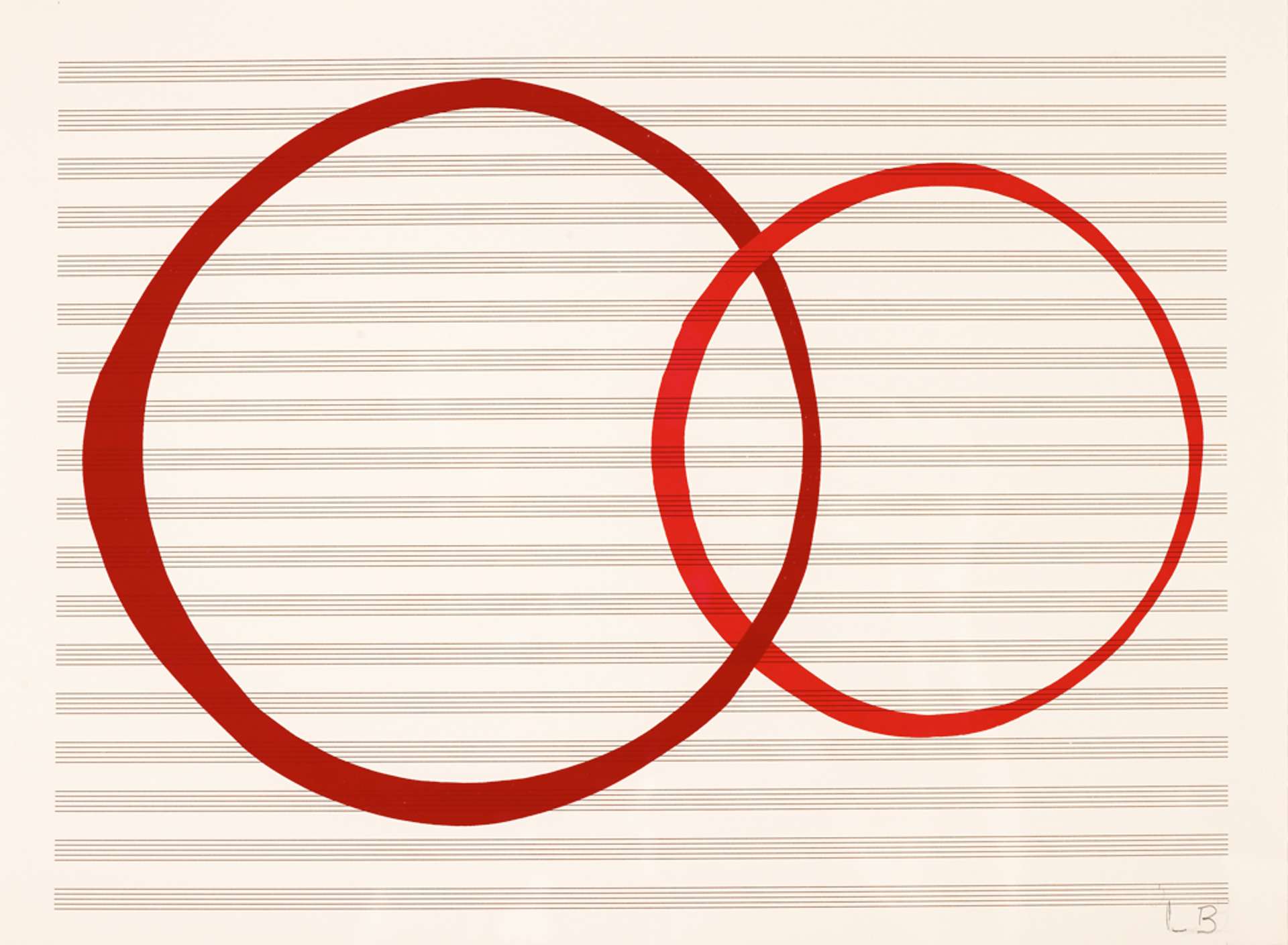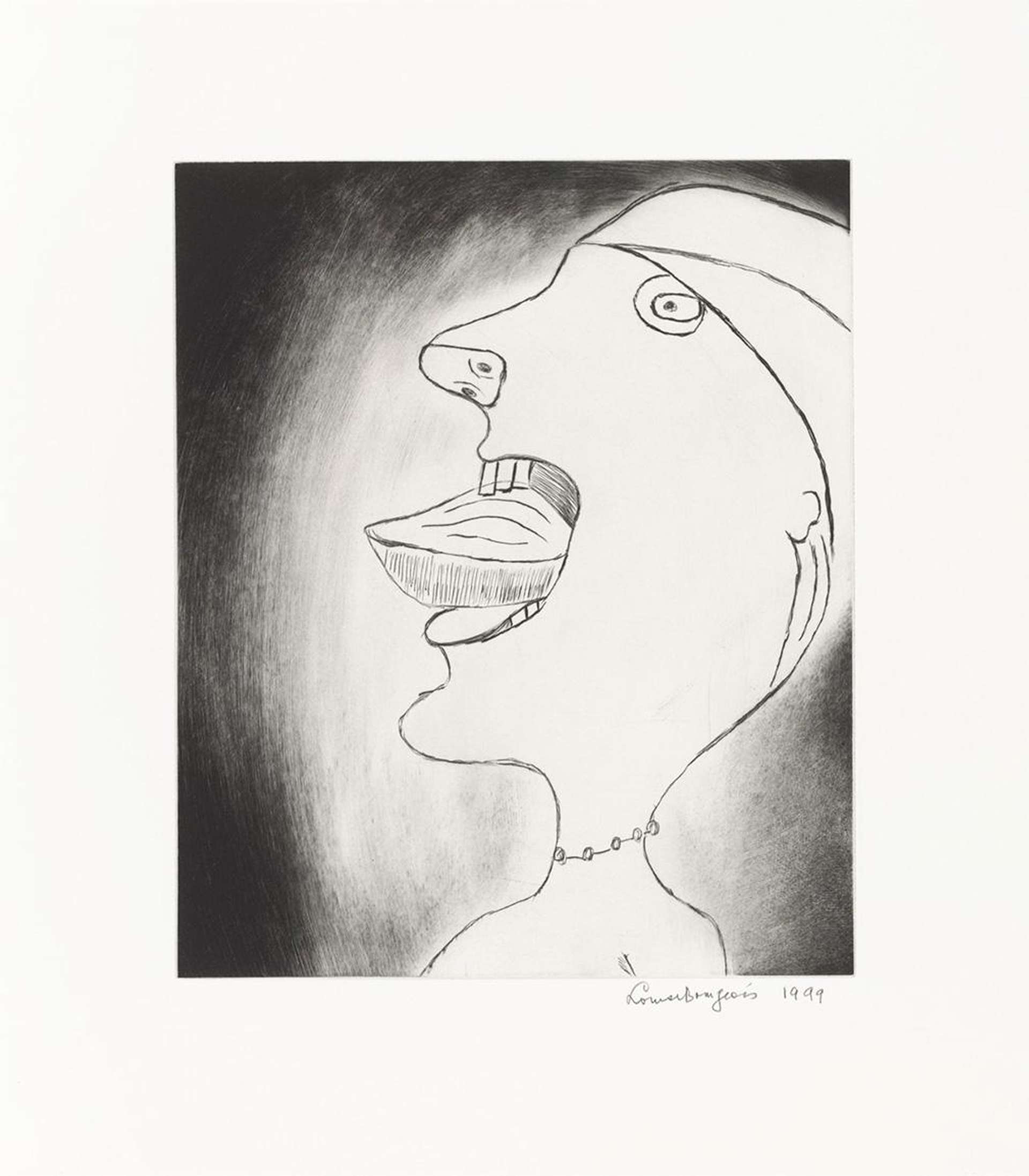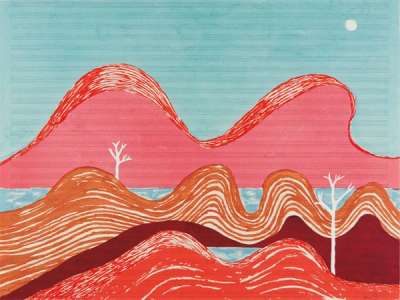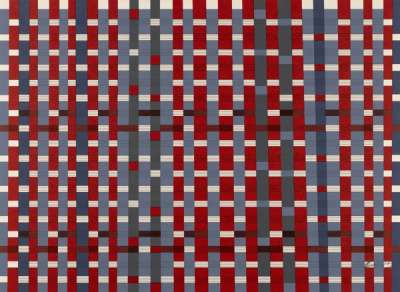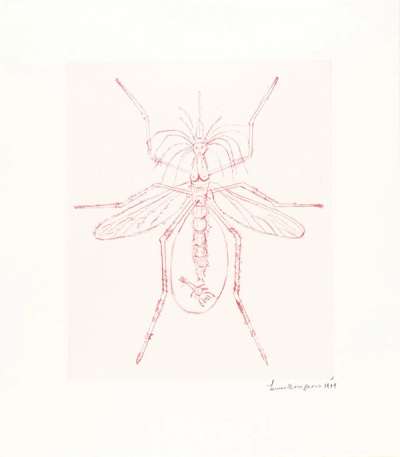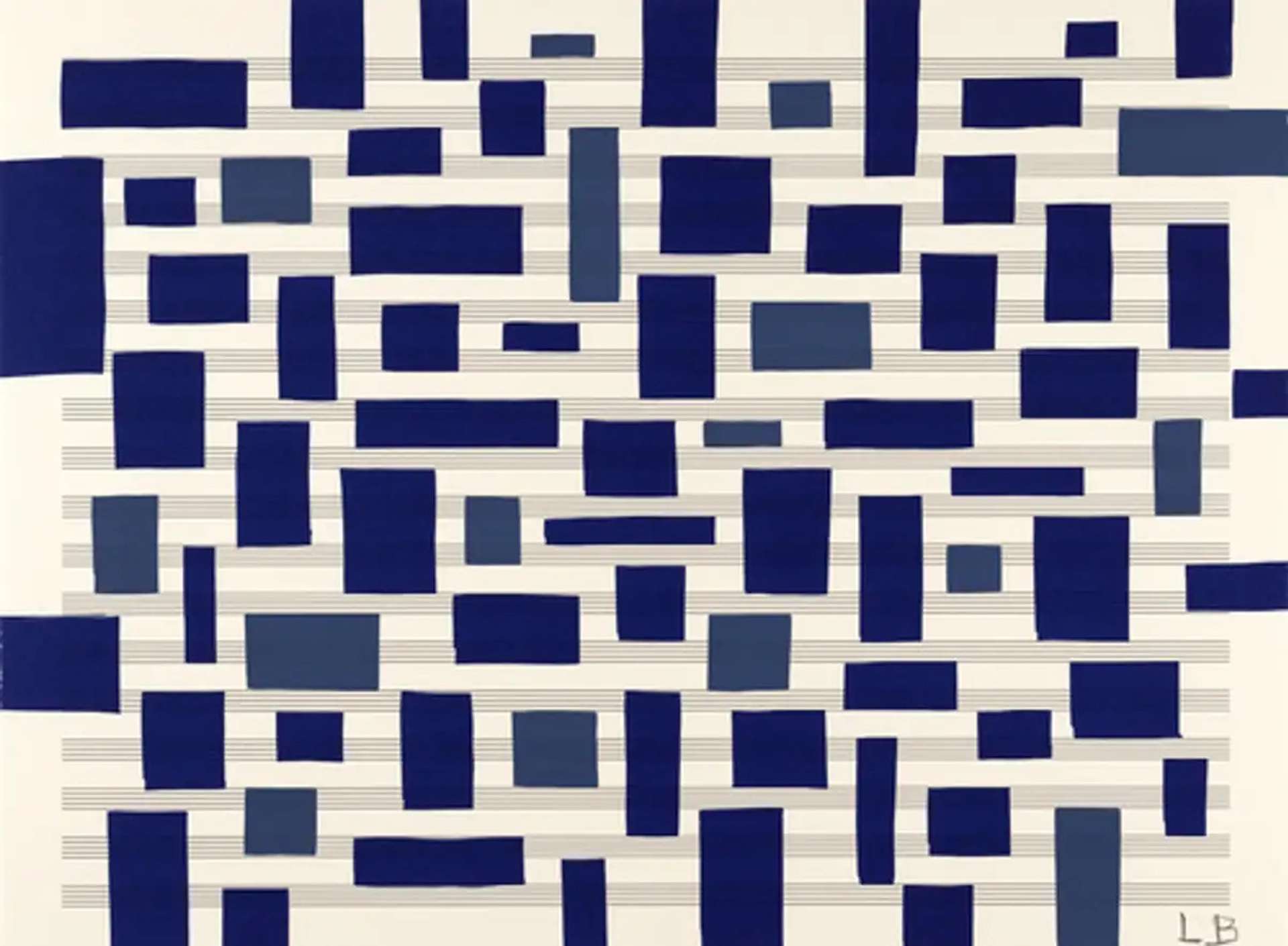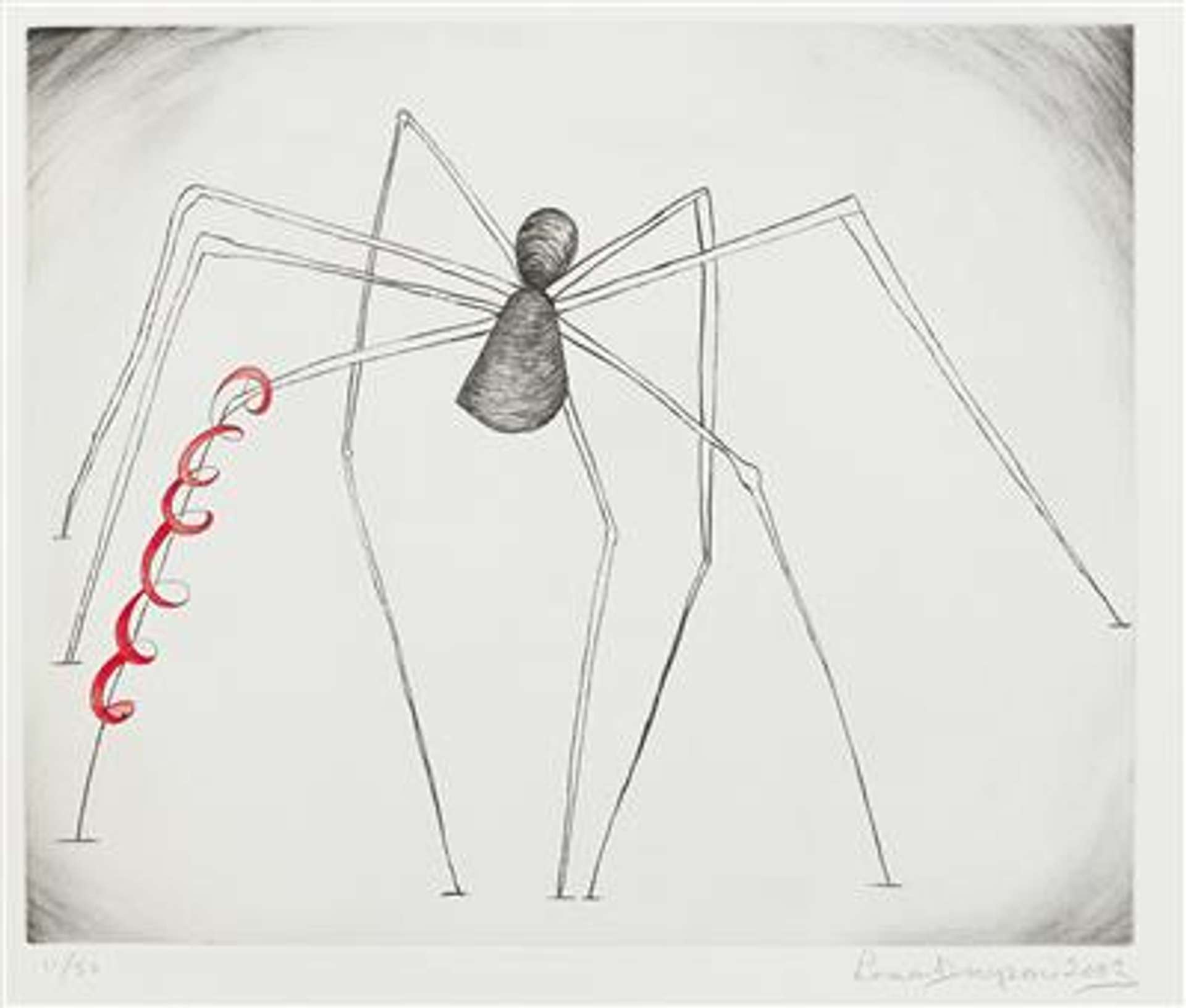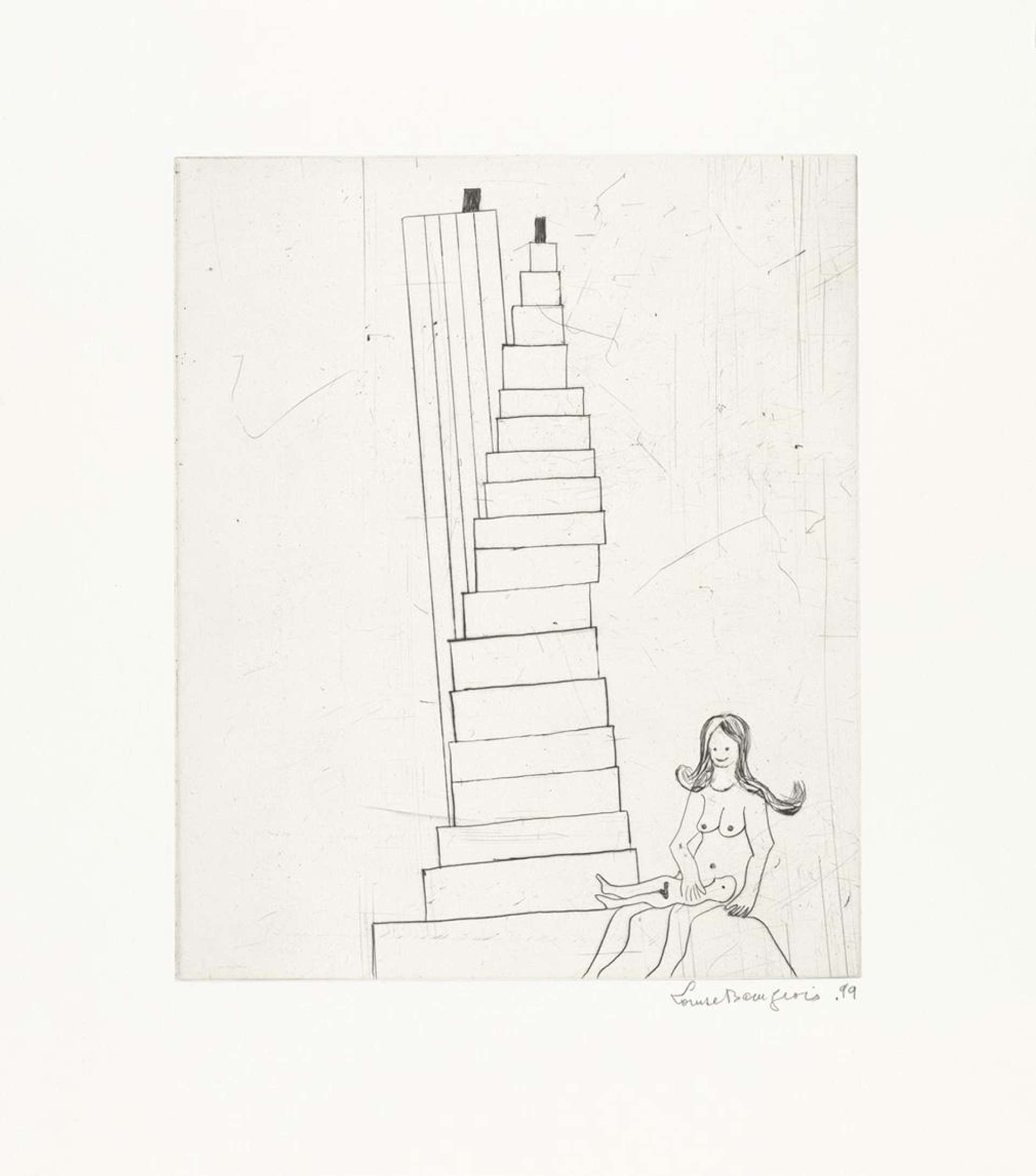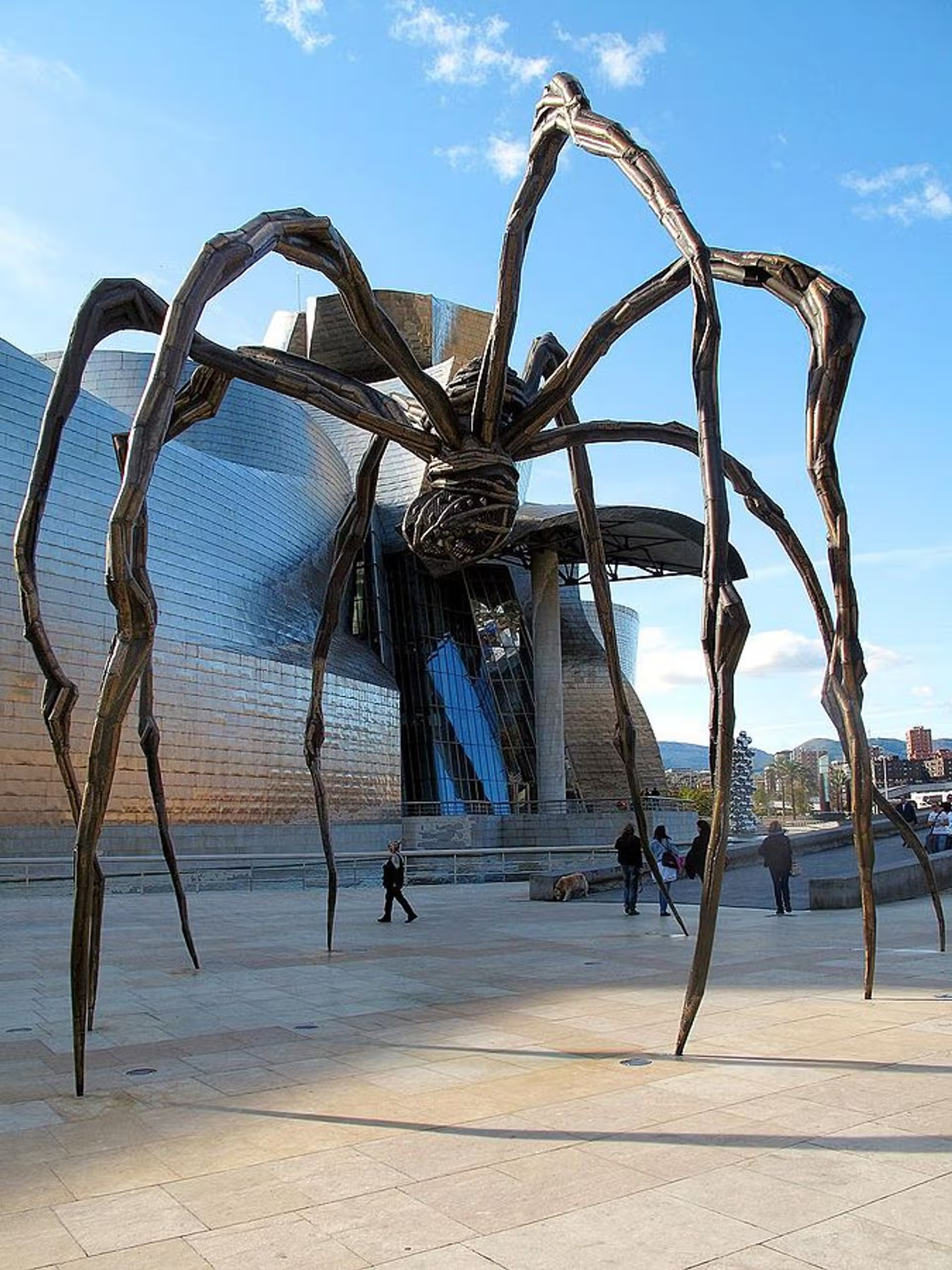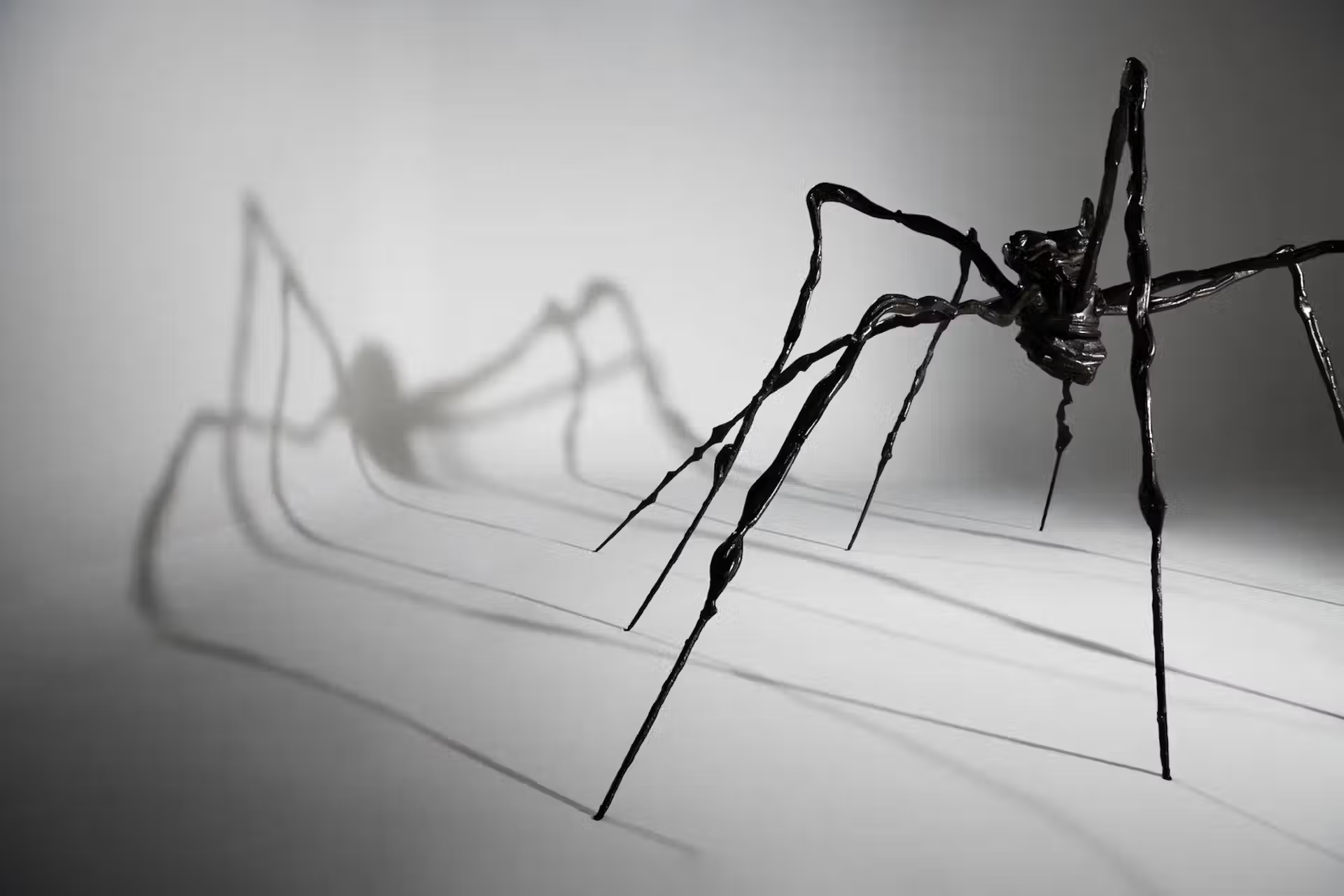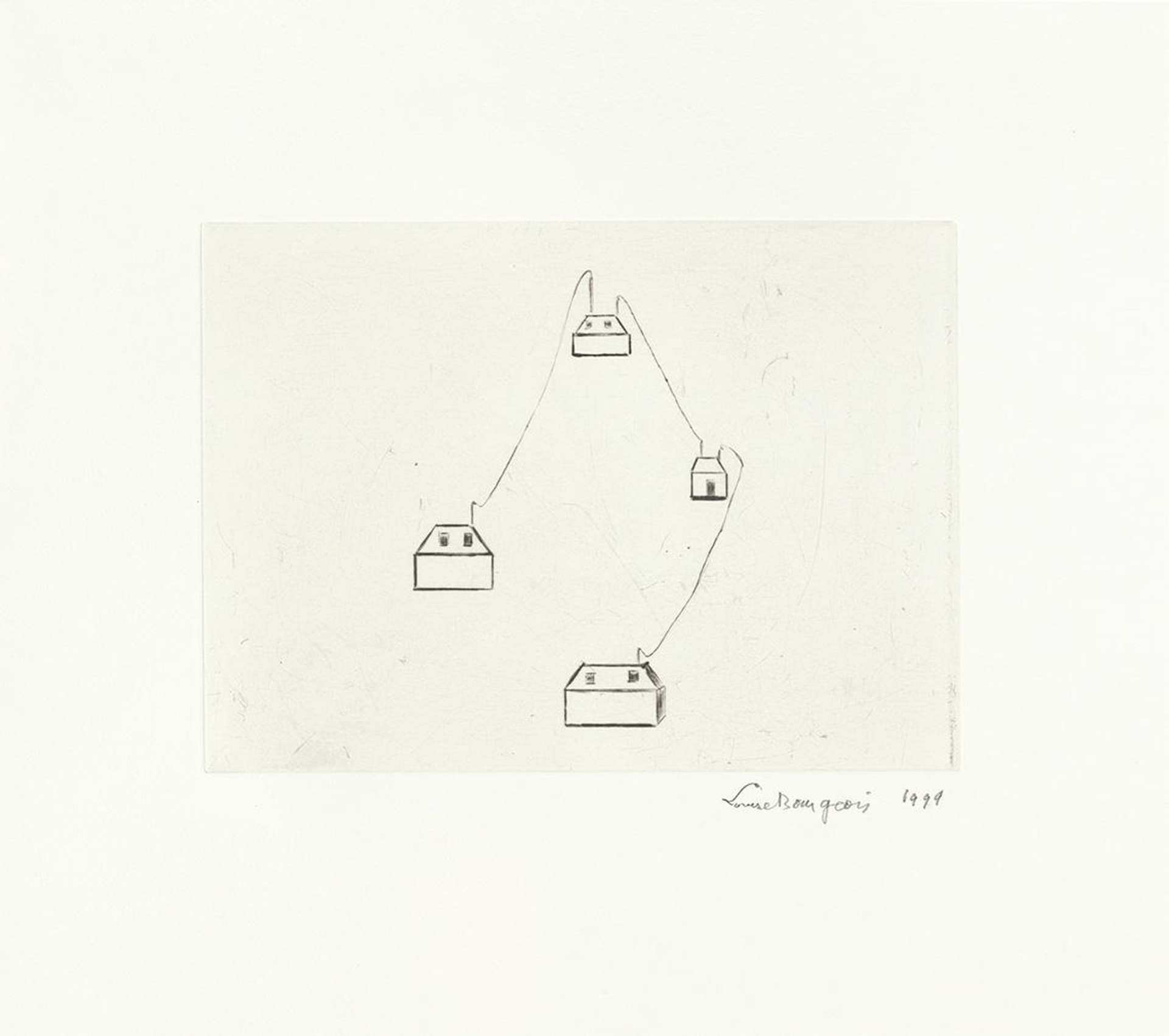 Fences Are Obsolete © Louise Bourgeois 1999
Fences Are Obsolete © Louise Bourgeois 1999
Leah Mentzis, Partnerships Manager[email protected]
Interested in buying or selling
Louise Bourgeois?
Louise Bourgeois' work, a confluence of the personal and the universal, harbours echoes of Surrealism that ripple through her extensive oeuvre. Her art, rooted in deep emotional landscapes and the unconscious mind, aligns with the Surrealist endeavour to unlock the mysteries of the psyche and challenge the boundaries of reality. Bourgeois, while not a Surrealist in the traditional sense, engages with key tenets of the movement: dream-like imagery, symbolic objects, and an exploration of identity and sexuality. This alignment creates a bridge between her unique creative vision and the broader Surrealist legacy.
Bourgeois and Surrealism: An Unofficial Alliance
Bourgeois’ engagement with Surrealism presents a complex narrative of both convergence and divergence. Despite never formally affiliating with the movement, her artistic journey intersected with Surrealism through shared themes and mutual acquaintances, crafting an unofficial alliance that enriched her creative vision. Bourgeois' work thrived on the emotional and the psychological, realms deeply explored by Surrealists, yet she navigated these waters with a distinct compass, charting a course that was uniquely her own.
The seeds of Bourgeois' connection to Surrealism can be traced to her early years in Paris, where she was exposed to the burgeoning art scene and the influential figures shaping it. Her move to New York in the late 1930s further entwined her path with key Surrealist artists who had relocated there to escape the upheavals in Europe. Despite these connections, Bourgeois maintained a distance from any formal engagement with the group, driven by a fierce independence and a desire to explore her own artistic language.
Bourgeois’ art travels into the realm of dreams and the unconscious, hallmarks of Surrealist exploration. Her sculptures and installations often evoke dream-like scenarios, where familiar forms are transformed into evocative, sometimes unsettling, representations of her inner world. The emotional intensity and symbolic richness of her pieces reflect the Surrealist belief in art as a key to unlocking the mysteries of the psyche. Bourgeois’ engagement with the bizarre and the uncanny, a defining feature of Surrealist art, is evident in her use of surreal juxtapositions and transformations. Her sculptures often combine organic and inanimate elements, playing on the tension between the familiar and the strange, evoking a sense of unease that is quintessentially Surrealist. This is visible in works like Maman, a giant spider sculpture that embodies themes of motherhood and protection intertwined with connotations of fear and the grotesque.
Yet, it is in her bold exploration of the unconscious and her thematic focus on personal trauma, sexuality, and family that Bourgeois’ work most distinctly aligns with and diverges from Surrealism. While Surrealists often explored the irrational and the erotic, Bourgeois’ approach was deeply introspective and autobiographical, grounding abstract concepts in the concrete details of her own life experiences. Her art serves not only as a reflection on universal themes but also as a dialogue with her past, making her work profoundly personal and yet resonant with the Surrealist endeavour to explore beyond the veneer of the visible world.
The Personal as Surreal: Bourgeois' Psychological Landscape
Bourgeois' art is a vivid testament to the mark left by her personal history on her creative output. Her childhood, marked by emotional complexity and familial strife, notably her turbulent relationship with her father, becomes a recurring motif that imbues her work with a deeply psychological, surreal quality. This intimate intertwining of the personal with the artistic echoes the Surrealist fascination with the subconscious, yet Bourgeois channels these influences through the prism of her unique experiences, creating art that transcends the purely surreal to become a mirror to her soul.
One of the most compelling examples of how Bourgeois' personal history manifests in her work is the series of sculptures known as Maman. These towering spider figures are not just surreal objects that provoke unease but also symbolic representations of her mother. Bourgeois viewed her mother as a protective and nurturing figure, much like a spider that weaves webs and guards its young. This juxtaposition of the spider’s menacing appearance with its symbolic meaning reflects a complex, layered exploration of motherhood, protection, and fear, showcasing Bourgeois' ability to transform personal symbolism into universal themes.
Another poignant artwork that demonstrates her psychological landscape is The Destruction of the Father, a tableau that recreates a dinner table scene, albeit in a grotesque, almost cannibalistic light. This piece is a direct confrontation with her father’s domineering presence, reimagined through a lens that is both brutally surreal and deeply cathartic. The work serves as a physical manifestation of her desire to dismantle the patriarchal authority that shadowed her upbringing, rendered with a rawness that is as surreal as it is personal.
Through these artworks, and many others, Bourgeois navigates the complexities of her emotions and memories, employing surreal imagery and symbolism to externalise her innermost feelings. Her ability to craft such vivid representations of her psychological landscape not only aligns her with Surrealist themes but also sets her apart, as she delves into the depths of her own experience to create art that is intensely personal, yet universally resonant.
Surrealist Techniques and Symbolism in Bourgeois' Work
A hallmark of Bourgeois' adoption of Surrealist techniques is her Cells series – enclosed spaces containing arrangements of objects and sculptures that create immersive environments. These installations are like physical manifestations of dreams or memories, inviting the viewer into a private world where the boundary between reality and the subconscious is blurred. Each Cell is a microcosm of emotion and story, employing everyday items alongside symbolic objects to weave complex narratives about her past, relationships, and fears. The uncanny nature of these spaces, simultaneously familiar and foreign, highlights the Surrealist fascination with revealing the hidden layers of the psyche.
Bourgeois' fabric figures also reflect Surrealist influences, particularly in their dream-like quality and their exploration of identity and memory. She often used clothing and textiles from her own life to create these pieces, infusing them with personal history and emotional resonance. The soft, pliable nature of fabric contrasts with the often rigid forms of traditional sculpture, creating a sense of vulnerability and fluidity that is both unsettling and deeply poignant. These figures, which range from totemic stacks of sewn clothes to anthropomorphic shapes, play on the Surrealist intrigue with the body and the transformation of mundane materials into objects of profound meaning.
Her installation piece, I Do, I Undo, I Redo, offers another exploration of Surrealist techniques through its use of mirrored surfaces and a central, spiralling structure that visitors can climb, thereby engaging directly with the work. This piece invites introspection and self-confrontation, creating a dream-like, reflective experience that challenges perceptions of self and reality.
Through these and other works, Bourgeois harnesses Surrealist methods to not only explore the terrain of dreams and the unconscious but to also articulate a deeply personal journey through her own psyche. Her use of symbolic objects, integration of the uncanny, and transformation of everyday materials into carriers of profound emotional and symbolic weight, underscore a dialogue with Surrealist traditions. Yet, it is her unique ability to channel these elements through the prism of her personal narrative that truly sets her work apart, making it a singular exploration of the surreal landscapes within.
Femininity and the Body: A Surrealist Exploration
Bourgeois’ exploration of femininity, sexuality, and the body through her art presents a fascinating intersection with Surrealist interests, yet it diverges significantly in its depth and perspective. While Surrealism sought to explore the erotic subconscious and challenge societal norms, Bourgeois’ work delves into these themes with a nuanced understanding and personal stake that expands upon the movement's foundational concepts.
Bourgeois’ representations of the body are deeply imbued with the complexities of her own experiences of womanhood and sexuality. Unlike the often objectified or idealised depictions common in traditional Surrealist works, her sculptures, installations, and drawings present the body as a site of power, vulnerability, and transformation. This is evident in works like Arch of Hysteria, where the body is contorted in a state of emotional extremity, transcending gendered expectations and reflecting a raw, universal vulnerability.
Her engagement with the theme of femininity challenges and reconstructs the traditional narrative offered by male-dominated Surrealist perspectives. For instance, her series of soft sculptures and fabric works, such as the Femme Maison drawings, depict women's bodies merged with architectural structures, commenting on the confinement of women to domestic spaces. However, Bourgeois’ depiction does not merely critique; it reclaims these spaces and bodies, imbuing them with strength, complexity, and ambiguity. This approach to femininity and the domestic sphere serves as a powerful commentary on identity and the multifaceted roles women navigate.
Legacy and Influence: Bridging Surrealism to Contemporary Art
Bourgeois’ legacy in the art world is monumental, not only bridging the gap between Surrealism and contemporary art but also influencing the realms of feminist art and psychoanalytic approaches in artistic practice. Her work, while deeply personal, resonates with universal themes, allowing her to forge a unique path that subsequent generations of artists have followed and expanded upon. Her Surrealist-inspired vision, characterised by an exploration of the subconscious, dreams, and the human body, has left an indelible mark on contemporary art, fostering a dialogue that transcends time and genre.
Bourgeois' influence is perhaps most palpable in the realm of feminist art, where her unapologetic delve into themes of femininity, sexuality, and the body has provided a blueprint for exploring the intricacies of female identity and experience. By challenging traditional representations of women through a lens that is both personal and universal, Bourgeois paved the way for artists to interrogate societal norms and the patriarchal framework of the art world. Her work has inspired feminist artists to embrace vulnerability and strength, ambiguity and clarity, using their art as a means of questioning and asserting identity.
Bourgeois' integration of psychoanalytic themes into her art has encouraged a deeper engagement with the psychological underpinnings of creativity. Her exploration of childhood memories, familial relationships, and emotional states has validated the use of art as a therapeutic medium, influencing artists and art therapists alike. The depth with which she mined her own psyche has underscored the potential for art to serve as a conduit for healing and self-discovery, inspiring contemporary practitioners to embrace similar introspective and analytical approaches in their work.
In bridging Surrealism with contemporary movements, Bourgeois has also contributed to the evolution of artistic forms and methodologies. Her innovative use of materials, ranging from traditional bronze and marble to textiles and found objects, has expanded the vocabulary of contemporary art, allowing for greater experimentation and expression. The immersive quality of her installations, which create environments rich in symbolism and emotion, has influenced contemporary artists to consider space and viewer interaction in new and dynamic ways.
The Surrealist Legacy Through Bourgeois’ Lens
Bourgeois and Surrealism, it becomes clear that her work not only resonates with the movement's core interests but also significantly transcends them. Bourgeois embraced the Surrealist fascination with the unconscious, dreams, and the bizarre, yet she infused these elements with a deeply personal and introspective depth that set her apart. Her exploration of themes such as femininity, sexuality, and the body through a lens that was both surreal and intensely personal marks her as a pivotal figure in the enduring influence of Surrealism.
Louise Bourgeois stands as a testament to the power of art to transcend its own historical and cultural origins, transforming the legacy of a movement into something profoundly personal and universally relevant.






